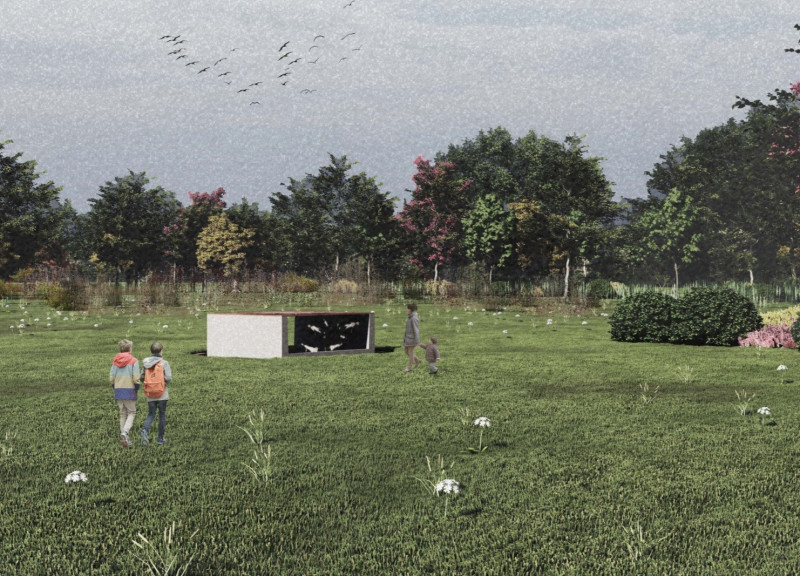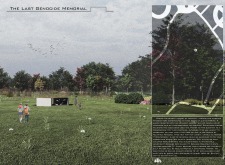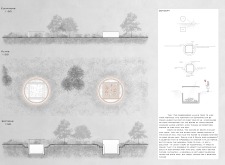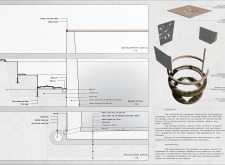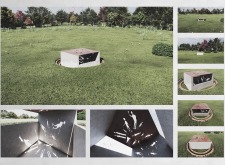5 key facts about this project
The structure features multiple levels, each thoughtfully designed to enhance user experience. Ground-level facades are characterized by extensive glazing, allowing natural light to permeate the interior while offering expansive views of the surroundings. This connection to the external environment fosters a sense of openness, making users feel engaged with nature even when indoors. The strategic placement of windows is particularly crucial, as it optimizes passive solar heating while minimizing the reliance on artificial lighting during daylight hours.
Functionally, the project encompasses various spaces tailored to different activities. Collaborative areas are designed to encourage teamwork, featuring flexible seating arrangements and writable surfaces. Private office spaces offer tranquility and focus, separated by acoustic panels that allow for concentrated work. The incorporation of shared spaces, such as lounges and café areas, emphasizes the importance of social interaction, creating an environment where employees can come together to exchange ideas.
One of the notable aspects of this project is its commitment to environmental sustainability. The use of recycled materials, such as reclaimed wood and eco-friendly concrete, underscores a responsible approach to resource management. Additionally, the green roofing system not only enhances insulation but contributes to biodiversity by providing a habitat for local flora and fauna. Rainwater harvesting systems are integrated to minimize water consumption, further emphasizing the commitment to sustainability within the architectural design.
Unique design approaches are evident throughout the project. The architectural layout encourages movement and accessibility, with ramps and wide corridors designed to accommodate persons of all abilities. Landscaped terraces at various levels give users the chance to engage with outdoor spaces, promoting a connection to nature that is often lacking in urban settings. Moreover, the strategic use of color and materials in the interior spaces creates an inviting atmosphere, guiding users intuitively from one area to another.
Technology also plays a pivotal role in the design. Smart building technologies are embedded throughout the structure, allowing for energy efficiency through automated lighting and temperature controls. This integration of technology not only enhances comfort but supports operational efficiency, aligning with modern expectations of workplace environments.
Architectural details, such as customized railings and furnishings, reflect a commitment to craftsmanship and attention to detail. Each element is thoughtfully curated to resonate with the overall design intent, contributing to a cohesive architectural language throughout the project. The use of local artisans for certain aspects of the finish work not only supports the community but adds an authentic layer to the design.
As an architectural project, this design embodies a cohesive vision of modern living that prioritizes sustainability, user engagement, and community connection. The careful consideration of functions and the innovative use of materials culminate in a structure that is both practical and pleasing to the senses. For those interested in exploring the nuances of this project, including architectural plans, sections, and designs, further insights can be gleaned by delving deeper into the presentation. Discovering the architectural ideas behind each detail will enhance understanding of the thoughtful solutions employed in this significant design endeavor.


